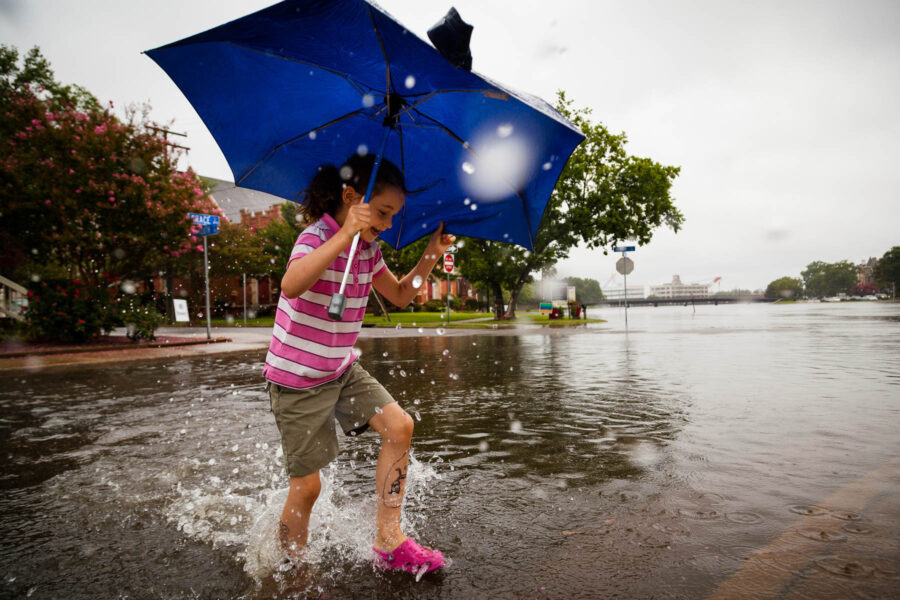As sea level rise becomes the new normal in Norfolk, residents respond
The area surrounding Norfolk is the second largest by population in the U.S. threatened by rising tides

The area surrounding Norfolk is the second largest by population in the U.S. threatened by rising tides

Comments
Across this beautiful Common Wealth. The second half of my life, I dedicate to Virginia
My daughter and I lived at Topsail Island in NC right after she finished high school. There were houses at Top Sail that had been completely overtaken by the sea. At the end of the island, some were gone completely, some you only see the top floor or t he roof and a few that were not ocean front had waves crashing on their porches.
My prayers as well as my research, and reach out connections to non-profits who might can help, will be dedicated to the families who might have to move if their subsidized houses gets eaten by the city in response to the flooding. Perhaps there is some Pandemic money "floating around," that might accidentally help?
I am a mountain girl now, in the posh and lofty Shenandoah Valley. I bet u did not know a valley could be lifted up so! I highly recommend all four seasons in little/big ski town Afton VA has beer trails. The wineries of Nelson County VA. are better than California! Lovingston VA has good Chinese, and Mexican takeout. Even better skyline drive and affordable accommodations in Waynesboro/ Charlottesville area. Beside the Appalachian Trail, The Quality Inn in Waynesboro, is a family run place. Sparkling clean and remodeled. The owners are friendly, and humble. Across the street is the best pizza and subs at Ciro's, and the taco truck is amazing. Colony House hotel was not a good fit for me. The walls are paper thin, and brown towels with blue sheets felt wrong somehow. My family came and stayed there. Office man said I could not visit unless I rent a room, and my next door neighbor kept calling the office saying i had company because i was on the phone and that i needed to turn down the TV, which was not on? Creepy man followed me too close walking to my car.
Unfortunately, the magnificent James river, the South River (who runs north, into the Mountain Mama Herself, the Shenandoah River, as well as the Tye, Staunton, and the Rockfish are all flooding and making messes this very day. Does the sea level affect the James in Richmond tremendously? When I moved Virginia, 12 years ago, I came by bus. So I got toe experience the widest part of that river. A city park on an island in the middle of river is what I saw there! Glory to our Creator! That is nearly ridiculous!
My most Recent discovery ha d me to plant a flag in Ocean View VA! It is a lovely peaceful place to get away to. Thinking about floods and and your awesome; but ominous tunnels over there takes my breath away and gives me a little roller coaster feeling in my tummy. Thank goodness, though that the tidewater region seems to be a little better maintained than Top Sail NC. . We gotta take good care of all those well dressed, impeccably groomed, young gentlemen, and ladies who seem to be everywhere on that side of the state. Thank You from my soul.
Ocean view is for the calm quiet lovers and the fishing is the best. Motel 6 and the Camel place across the road make a good handy team. Pay attn to traffic times when planning to leave the island, and don;t forget to check out the park and donuts at 7 11.
I am no ""hell or high water" kind. Hope "my" little beach survives if it so willed.
Thank you!
Your comment has been received. Before it can be published, the comment will be reviewed by our team to ensure it adheres with our rules of engagement.
Back to recent stories